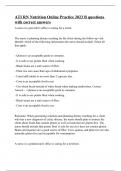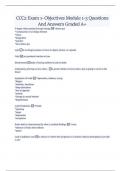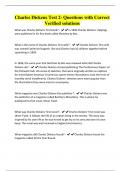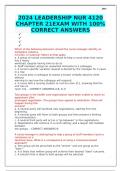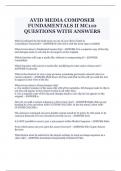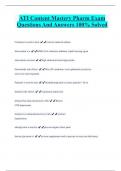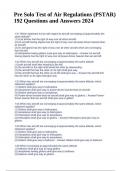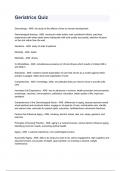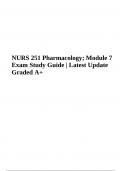Exam (elaborations)
ATI RN Nutrition Online Practice 2023 B questions with correct answers
- Course
- Institution
A nurse in a provider's office is caring for a client. The nurse is planning dietary teaching for the client during the follow-up visit. Identify which of the following information the nurse should include. Select all that apply. - Quinoa is an acceptable grain to consume. - It is safe to us...
[Show more]
